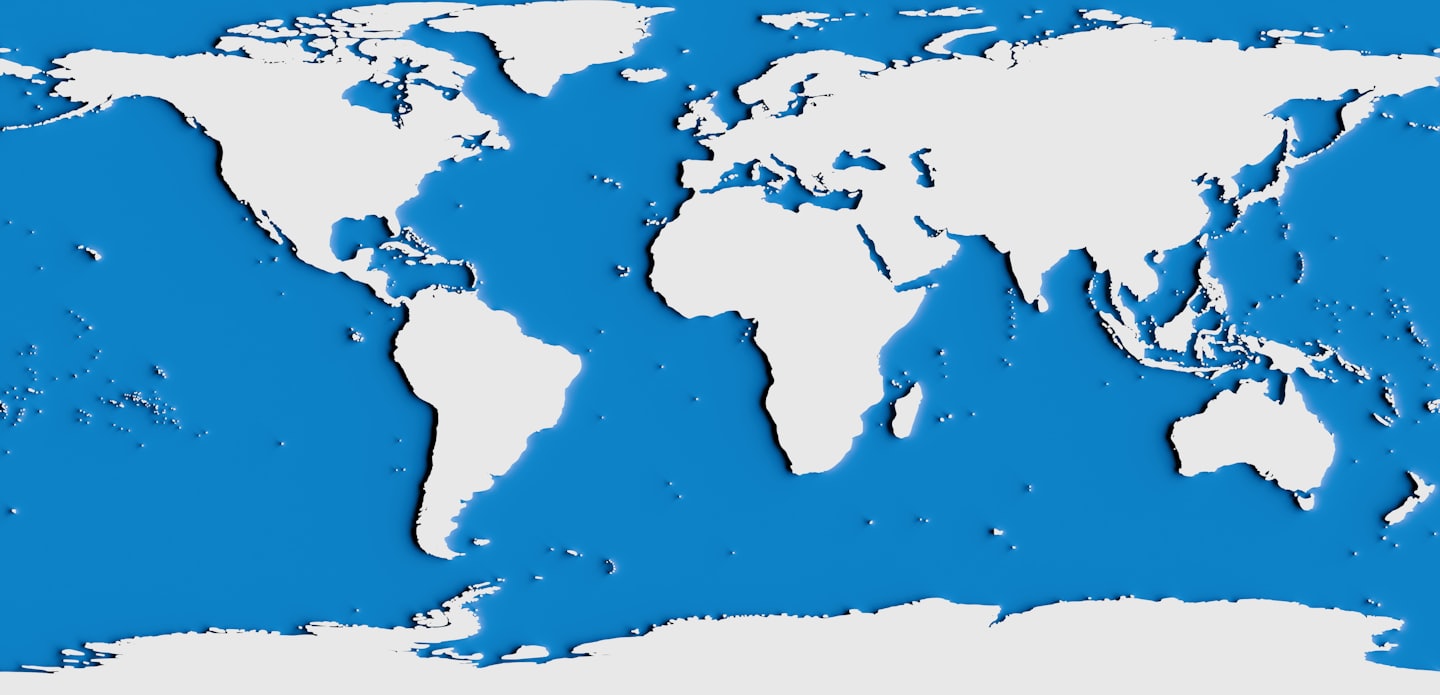Trends
Geopolitics and geopolitical trends are constantly evolving, shaped by shifting alliances, economic pressures, and emerging technologies. As we approach the coming year, several key trends are poised to redefine global power structures and influence decision-making at the highest levels. From the impact of artificial intelligence on international relations to the economic ripple effects of supply chain realignments, understanding these shifts is crucial for staying informed.
On this site, we’ll explore the most significant geopolitical developments expected to shape the world in the next twelve months. Whether you’re tracking diplomatic tensions, economic strategies, or technological advancements, these insights will offer a deeper understanding of the forces at play.
These trends highlight the interconnected nature of geopolitics, where economic, technological, and environmental factors all play a role in shaping global stability.
As we look ahead to 2026, several geopolitical trends are expected to shape global affairs:
- State-Based Armed Conflicts – The escalation of proxy wars, civil wars, and terrorism has surged to the top of global concerns. The ongoing conflicts in Ukraine, the Middle East, and Sudan continue to shape international relations, with nations increasingly relying on indirect warfare to advance their geopolitical interests. The rise of non-state actors and paramilitary groups further complicates conflict resolution efforts.
- Geoeconomic Confrontation – Economic warfare is becoming more pronounced, with sanctions, tariffs, and investment screening being used as tools of geopolitical influence. The U.S.-China rivalry remains a central factor, as both nations seek to control critical supply chains, particularly in semiconductors and rare earth minerals. Meanwhile, regional trade blocs are strengthening their economic defenses, leading to a more fragmented global economy.
- Technological Rivalries – The race for AI, cybersecurity, and quantum computing dominance is intensifying. Nations are investing heavily in AI-driven military applications, while cybersecurity threats are escalating, with state-sponsored cyberattacks targeting infrastructure and financial systems. Quantum computing, once theoretical, is now a battleground for encryption supremacy, with implications for national security.
- Climate-Driven Instability – Extreme weather events are disrupting economies and displacing populations. The increasing frequency of heatwaves, floods, wildfires, and hurricanes is forcing governments to rethink their climate policies. The geopolitical implications are vast—water scarcity, food shortages, and forced migration are expected to exacerbate tensions in already volatile regions.
- Misinformation and Societal Polarization – The spread of false information is amplifying global risks. Elections, policy decisions, and public sentiment are increasingly shaped by disinformation campaigns, often orchestrated by state and non-state actors. The rise of deepfake technology and AI-generated propaganda is making it harder to distinguish truth from fiction, further polarizing societies.
These trends highlight the interconnected nature of geopolitics, where economic, technological, and environmental factors all play a role in shaping global stability. Understanding these dynamics will be crucial for policymakers, businesses, and individuals navigating the uncertainties of the coming year.


The geopolitical shifts we’re witnessing are deeply interconnected, revealing a global landscape shaped by competition, adaptation, and resilience. While the rise of geoeconomic confrontation and state-based armed conflicts may suggest escalating instability, some analysts argue that these tensions could drive new diplomatic frameworks, encouraging nations to explore unconventional alliances and economic partnerships.
For instance, while technological rivalries fuel competition, they also create opportunities for collaborative innovation. Nations competing in AI, cybersecurity, and quantum computing are increasingly realizing the benefits of shared research efforts—balancing national security concerns with economic growth strategies.
Likewise, misinformation and societal polarization present serious challenges, but they also push governments and tech leaders to develop more sophisticated mechanisms for combating disinformation. Stricter regulations, AI-powered fact-checking, and decentralized media models could help restore trust in information sources, counteracting the negative effects of digital manipulation.
These dynamics bring up critical questions: Will global powers lean into protectionism, or will economic pragmatism drive new cooperative policies? Can emerging technologies be leveraged for stability rather than conflict? And how will climate-driven instability force nations to rethink their resource strategies and humanitarian commitments?
Ultimately, the geopolitical trends of the coming year signal both uncertainty and opportunity. As nations, businesses, and individuals navigate these shifts, understanding their complexities and engaging with multiple perspectives will be key to making informed decisions.
As we move into a new geopolitical era, the trends shaping the coming year remind us that the world is in a constant state of flux. From the rise of technological rivalries to the economic shifts driven by global policy changes, these forces will define how nations, businesses, and individuals adapt. The interconnected nature of geopolitics means that challenges—whether economic instability, misinformation, or climate-driven disruptions—are also opportunities for innovation, collaboration, and strategic resilience.
Understanding these geopolitical trends isn’t just about staying informed; it’s about actively engaging with the forces shaping our collective future. Whether through business decisions, policy advocacy, or personal awareness, the ability to recognize emerging patterns will be crucial in navigating uncertainty. As these dynamics evolve, staying open to new perspectives and critical insights will ensure that we don’t just react to change—we anticipate and shape it.


Leave a Reply